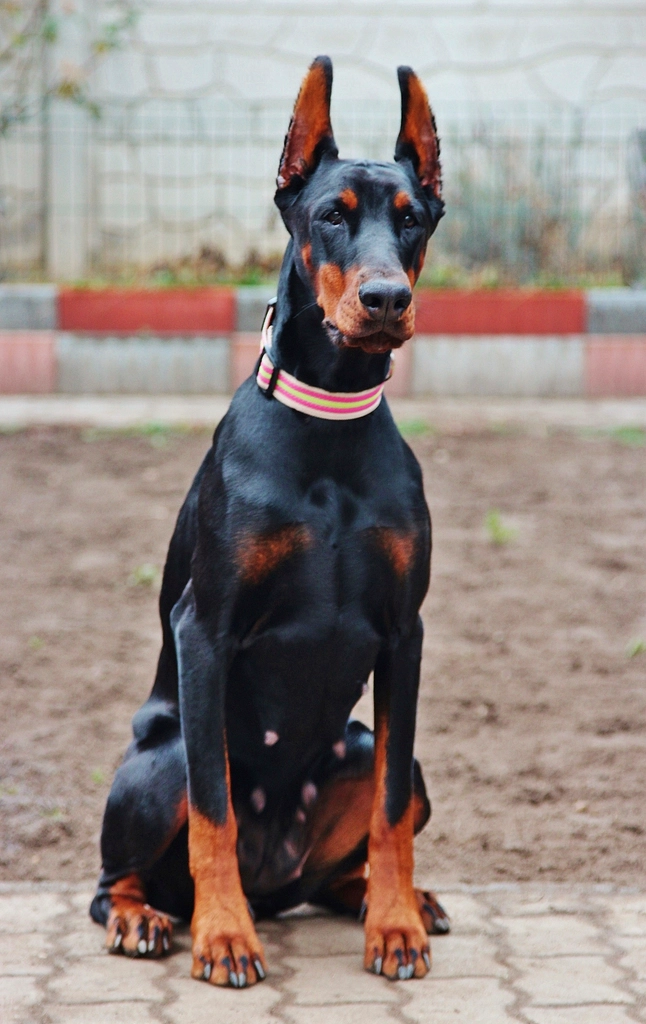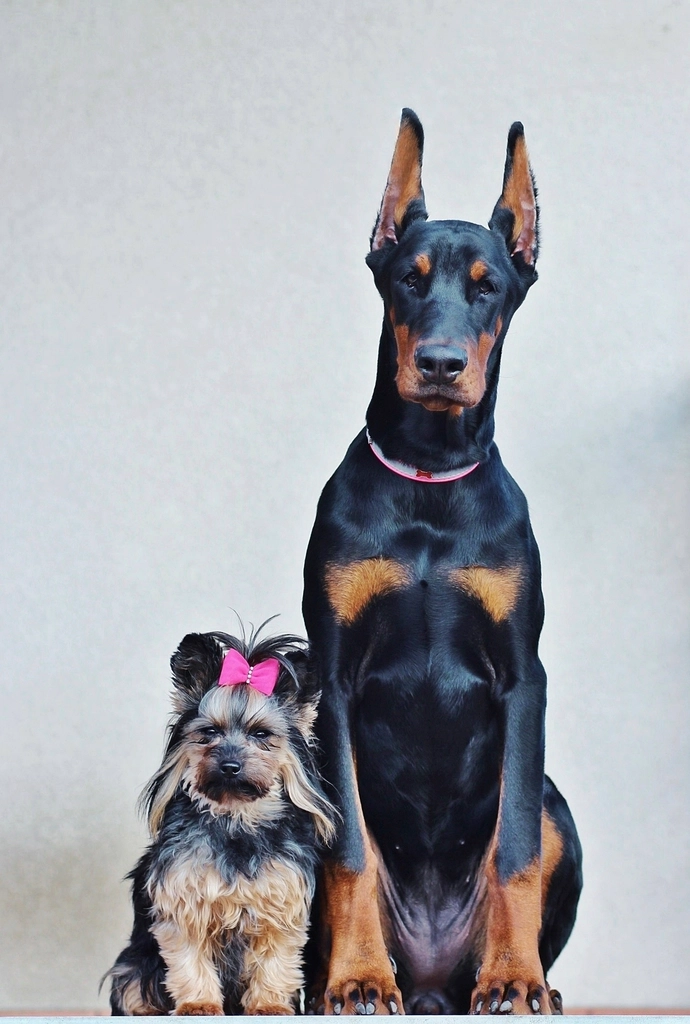Have you ever felt your heart race with both excitement and nerves as you prepare to bring a new dog into your home? Welcoming a Doberman into your existing dog pack is a thrilling adventure, but it can also spark anxiety and a flurry of “what ifs.” The success of this introduction can shape your household’s harmony for years to come. Dobermans are intelligent, sensitive, and loyal, but they also come with strong personalities. Getting the introduction right is essential for a happy, peaceful home where every tail wags with joy. Let’s walk through every step, emotion, and secret tip to help your pack embrace their newest member—and turn possible chaos into a heartwarming bond.
Understanding Your Doberman’s Unique Personality

Every Doberman is a world of their own. Known for their intelligence, alertness, and devotion, these dogs are often misunderstood as being aggressive, when in reality, they’re usually eager to please and deeply loving towards their families. However, their confidence and assertiveness can clash with other dogs if not managed thoughtfully. Before introducing your Doberman to your current dogs, spend time observing your new dog’s temperament. Are they playful or reserved? Do they get nervous around new faces, or are they bold and curious? Knowing these traits can help you anticipate potential issues and guide the introduction process with sensitivity.
Assessing Your Current Pack’s Dynamics
Just as every Doberman is unique, so is your existing dog pack. Some packs have clear leaders, while others are more democratic. Watch how your current dogs interact with each other. Which one is the peacekeeper? Who tends to get jealous? Are there any dogs with special needs or anxiety around newcomers? Acknowledging these dynamics will help you strategize the introduction, making sure each dog feels secure and respected. Remember, your goal is not just to add a new dog, but to maintain the delicate balance that keeps your pack happy and stress-free.
Preparing the Environment for Success

Imagine stepping into a room full of strangers—overwhelming, right? Dogs feel the same way. Before the big introduction, set up your home to minimize stress. Remove toys, food bowls, and favorite resting spots that could spark competition. Create separate areas with baby gates or crates, allowing for controlled interactions. Make sure everyone has their own space to retreat to if things get too intense. Preparation is the secret weapon that can turn tense moments into smooth transitions, helping both your Doberman and your current dogs feel safe and secure.
Introducing Scents Before Faces

Dogs “meet” each other first with their noses, not their eyes. Take advantage of this by swapping bedding or toys between your Doberman and your existing pack before they physically meet. This allows everyone to get used to the new scent in a low-pressure way, reducing anxiety and making the real introduction less of a shock. Watch how your dogs react to the new scent—curiosity, excitement, or even a little caution is normal. This invisible handshake sets the stage for a smoother first encounter.
Choosing a Neutral Meeting Ground
First impressions matter, and the location of the initial meeting can make all the difference. Instead of bringing your Doberman directly into your home turf, choose a neutral place like a park or a quiet street. This levels the playing field and reduces territorial instincts in your current pack. Keep the leashes loose but secure, allowing both dogs to move naturally. Stay calm and upbeat, as your mood sets the tone for the dogs. This neutral zone helps everyone focus on making friends instead of defending territory.
Reading Body Language and Managing Tension
Dogs speak volumes with their bodies. During the first face-to-face, watch for wagging tails, relaxed ears, and loose bodies—these are signs things are going well. On the other hand, stiff postures, hard stares, raised hackles, or growling are red flags. If you notice tension, take a step back and give the dogs a break. Gentle encouragement and praise for calm behavior work wonders. Trust your instincts and never force interaction; let curiosity guide the pace. This patience pays off with trust and comfort for everyone involved.
The Power of Parallel Walks
One of the most effective, yet often overlooked, techniques is the parallel walk. Have another adult help you walk the Doberman and your current dogs side by side, but not too close at first. The shared activity of moving forward together helps dogs associate each other with positive, calm energy. Gradually decrease the distance as the dogs relax. The parallel walk can transform initial uncertainty into camaraderie, laying the groundwork for genuine friendship as they literally move forward together.
Supervised Home Introductions
Once the dogs are comfortable outside, it’s time to bring the Doberman into your home—but do it in stages. Start with short, supervised indoor visits. Keep leashes on just in case, but allow the dogs to explore at their own pace. Stay relaxed and offer treats for calm, friendly behavior. If any dog seems overwhelmed, guide them to their safe space for a break. Repeat these sessions over several days, gradually increasing the time together. This careful approach turns your home into shared territory, not a battleground.
Managing Resources and Preventing Fights

Resource guarding is a common cause of conflict, especially when a new dog enters the scene. Feed the Doberman and your resident dogs separately at first, and keep prized toys out of reach until everyone is more comfortable. Watch for signs of possessiveness and intervene gently if needed. Over time, you can reintroduce shared resources, always monitoring interactions closely. By showing each dog they don’t have to compete for your attention or their essentials, you foster trust and cooperation within the pack.
Building Lasting Bonds Through Positive Reinforcement

The journey doesn’t end after the first few days. Continue to nurture positive relationships with praise, treats, and shared activities like playtime or training sessions. Celebrate small victories—a wagging tail, a playful bow, a peaceful nap together. If squabbles arise, address them calmly and consistently, but don’t lose heart. Building a harmonious pack takes time, patience, and a lot of love. Your dedication will pay off as you watch your Doberman and your existing dogs become a true family, united by trust and companionship.
Jen is a passionate nature lover and ocean conservationist. She has dedicated her life to protecting the environment and preserving the beauty of the natural world. Growing up in a small coastal town, Jen sincerely appreciated the ocean and its inhabitants. She has spent countless hours exploring the shoreline, learning about the creatures that inhabit the waters, and advocating for their protection. Jen is an active member of ocean conservation organizations, and she is committed to educating the public about the importance of conserving wildlife and the natural environment.





